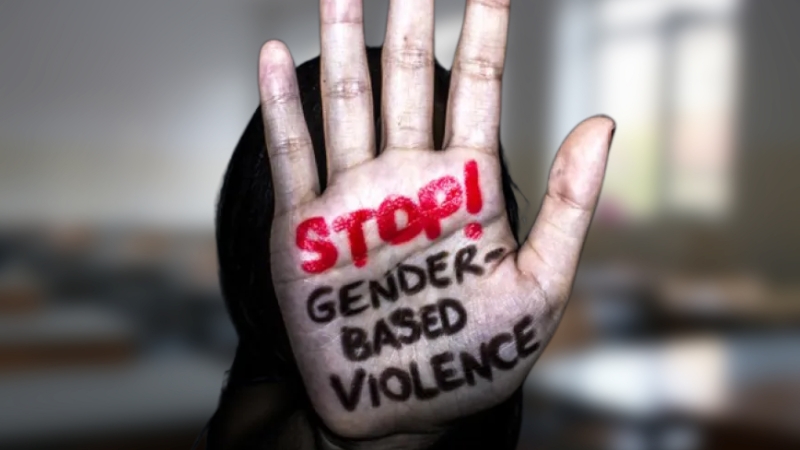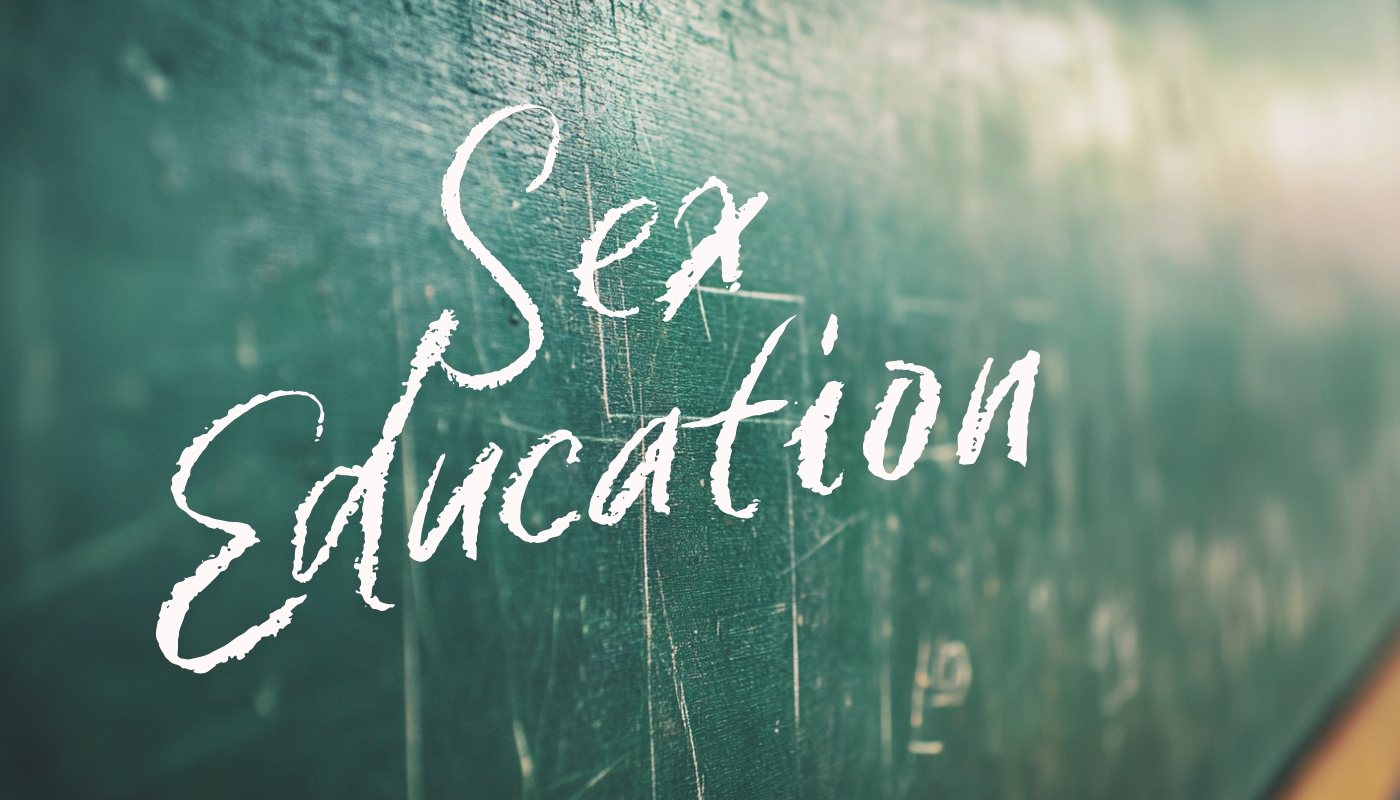Imagine a kid growing up in a world where hitting someone because of their gender is just shrugged off as “normal.” Scary, right? Education steps in like a quiet hero, shifting how that kid sees things.
Studies back this up—girls who get a secondary education are 60% less likely to accept violence against women, according to posts floating around from organizations like Girl Rising. That’s not a small number! It’s a massive leap, showing how schooling plants seeds of awareness early on.
Now, you might be wondering how that happens. It’s not magic. Schools give people tools—knowledge about rights, critical thinking skills, a chance to question old norms.
When a girl learns she’s equal, not less than, it’s harder for her to buy into the idea that violence is okay.
The same goes for boys. Educate them young, and they’re less likely to grow up thinking power comes from control or aggression.
The World Bank’s got data on this too—countries where violence against women runs rampant lose up to 3.7% of their GDP. That’s more than double what most places spend on education! So, investing in schools isn’t just moral; it’s smart economics.
Breaking Down the Stats: What the Numbers Say
View this post on Instagram
Let’s throw some more numbers your way, because they paint a picture worth seeing. The World Health Organization says nearly one in three women—about 27%—who’ve been in a relationship have faced physical or sexual violence from a partner.
That’s a gut punch. But here’s where education flips the script: women with higher education are less likely to experience intimate partner violence (IPV).
But don’t let that twist scare you off. The broader trend is clear: education lowers violence overall.
A study from the UNFPA shows that comprehensive sexuality education—think lessons on consent, equality, and healthy relationships—helps teens build attitudes that reject violence.
In places like Nepal, where gender inequality fuels GBV, focus groups found that educated women spoke up more, challenging the power imbalances that keep violence alive.
You see, education doesn’t just inform; it empowers.
Short-Term Wins vs. Long-Term Change
Here’s a quick thought for you: education works fast, but it also plays a long game. Picture a classroom where kids learn about respect and equality one day.
That’s a short-term win—maybe they go home and call out a bad behavior they spot. But the real magic? It’s when those lessons stick, shaping how they act as adults.
Research from PMC’s systematic reviews on early interventions (think ages 3-12) shows programs tackling gender stereotypes can cut violent behavior down the line. One Colombian study saw kids shift their views on aggression after just a few sessions.
Contrast that with adults who never got that chance. The cycle keeps spinning—kids who grow up around violence often repeat it.
The World Bank’s got a stat for that too: children exposed to GBV are more likely to become victims or perpetrators later.
Education breaks that chain. It’s not instant, but it’s steady, like planting a tree you won’t sit under for years.
How Education Shifts Mindsets
Okay, let’s get personal for a second. Imagine you’re a teacher—or maybe you know one. You’re in a room full of kids, and you’ve got a chance to show them that gender doesn’t dictate worth.
That’s where mindset shifts start. Schools aren’t just about math and reading; they’re where social norms get questioned.
Take programs like “Voices Against Violence” from UNFPA and the Girl Scouts. They teach kids—ages 5 to 25—how to spot GBV’s roots and push back. Results? Young people start seeing equality as non-negotiable.
Boys matter here too. In South Africa, studies found men often view GBV through a lens of cultural norms—like paying lobola (a bride price) or heavy drinking—excusing violence.
Educate them early, though, and those excuses crumble. A guy who learns empathy and accountability in school isn’t as likely to raise a fist later. It’s about rewiring how power looks—not domination, but partnership.
The Role of Teachers and Schools

Teachers are the MVPs here. They’re on the front lines, spotting signs of trouble and guiding kids toward better paths.
A Frontiers study on school-related GBV says teachers need training to handle this stuff—597 educators across Croatia, Finland, and Spain agreed they want more tools to intervene.
Why? Because violence creeps into schools too. In Kenya, 50% of principals reported pupil-to-pupil sexual harassment, per SACMEQ data. Teachers who know what to look for can stop it early.
But schools can’t do it alone. Whole-system approaches work best—think policies, not just one-off lessons.
The UK’s seen success with campaigns that tie GBV prevention into everyday learning. Kids don’t just hear it once; they live it through consistent messaging. Do you want to see change? Make it part of the culture, not a checkbox.
Challenges Education Faces
Now, let’s not sugarcoat it—education’s no silver bullet. Barriers pop up everywhere. Poverty is a big one.
In Kenya’s poorest communities, sexual harassment in schools spikes 40% higher than in richer areas according to Chronic Poverty Advisory Network.
Why? Resources are thin, and stress is high. Girls drop out when families can’t afford fees or when safety’s a gamble—think Afghanistan or conflict zones like Liberia, where parents pull daughters from school fearing abuse.
Then there’s culture. In some places, challenging gender norms feels like swimming upstream.
Nepal’s focus groups showed men and women both clinging to hierarchies—women as subordinates, men as enforcers. Education fights that, but it’s slow when society pushes back.
And don’t forget access—UNESCO says millions of girls still miss out on schooling entirely. No education, no shift.
Tech and GBV: A New Frontier
Here’s a curveball for you: technology’s changing the game. Online GBV—like harassment or stalking—is exploding, especially since COVID-19 locked people indoors.
UNFPA’s “Making All Spaces Safe” program tackles this, rolling out digital literacy in places like Kenya and Benin.
Educated folks are better equipped to spot and dodge tech-fueled violence. But flip it—uneducated women? They’re sitting ducks, less likely to know their rights or how to report it.
What You Can Do About It
Women and girls are at greater risk of violence during emergencies. @UNICEF is working with partners to prevent and end gender-based violence in emergencies by mitigating risks and providing life-saving services to survivors. #16Days #ENDviolence https://t.co/qD3kCQJ593
— Catherine Russell (@unicefchief) November 29, 2019
So, where do you fit in? Education’s power isn’t just for kids or policymakers—it’s for you too. Push for it. If you’re a parent, ask your school about GBV programs. If you’re a student, demand those lessons on equality.
Communities matter here—UNICEF’s reached 23 million women and girls with GBV services in 77 countries, but it’s grassroots voices that amplify that work.
Support girls’ education especially. Stats show it’s a domino effect—educated women raise educated kids, and the cycle of violence weakens.
Donate to organizations like Girl Rising or UNFPA if you can. Or just talk about it—spread the word that learning can heal what violence breaks.
A Final Thought
Picture a world where GBV fades—not gone, but quieter. Education’s not the whole answer, but it’s a massive piece. It’s about giving people—girls, boys, you, me—the tools to see past stereotypes and build something fairer.
The stats don’t lie: 60% less acceptance of violence, lower IPV rates, kids who reject aggression. That’s real. So, next time you hear about a school program or a girl fighting to stay in class, root for it. It’s not just her future—it’s everyone’s.





